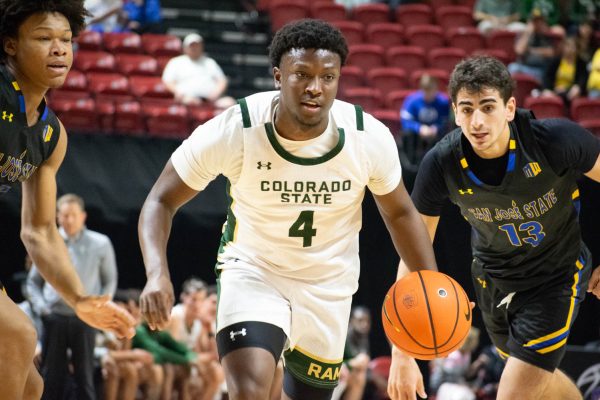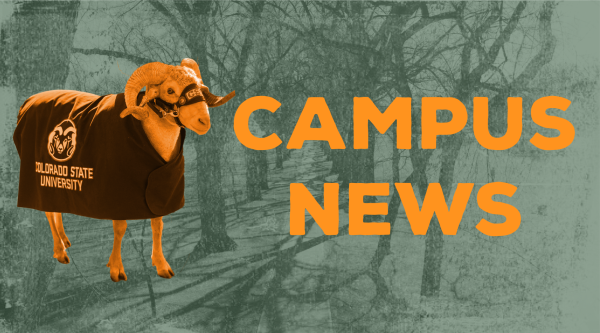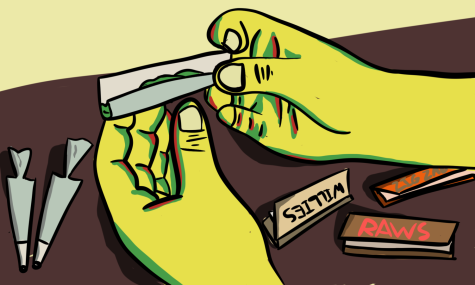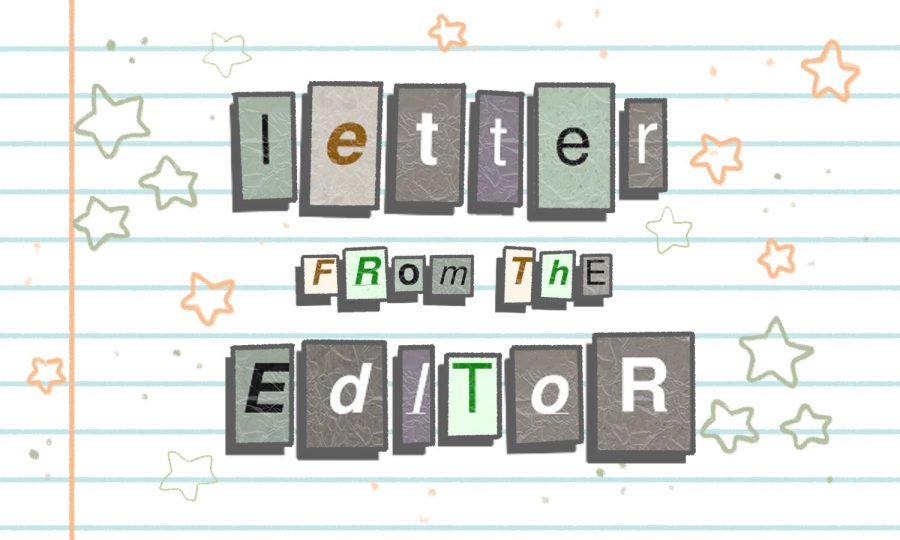I was recently shocked, and quite frankly offended, by an article ran by the Rocky Mountain Collegian, a publication I respect and read frequently, which called into question the ethics associated with an optional museum specimen project in the Mammalogy course. The article entitled “Some mammalogy students kill for keeps” ran on February 5th, 2014, and has sparked considerable controversy among students and staff alike.
To be clear, if the killing of wild Colorado mammals were condoned, even in a tongue and cheek manner, by any of the Mammalogy staff – the Biology board would have received a letter from me long ago complaining about the desperate need for ethical revision. Fortunately, this is absolutely not so.
Ad
While it is true that there is an option to taxidermy a mammal for points in the lab section, it is not required. In fact, I didn’t do it myself – and I still received an ‘A’ in the course. The museum specimen prep is offered as a ‘cafeteria option’ for points in the Mammalogy lab. Students are offered a variety of options to earn full credit for the lab portion; these options include research papers, field journals and research projects. While museum specimens are incredibly important and emphasized in the Mammalogy lab, students are not required to make a museum specimen if they don’t want to, and if they do want to – the course has pre-killed mice to offer the students at no charge.
A vast majority of pre-vet students did the mice, and those that wanted to do something else generally contacted animal shelters, pet stores, the humane society, the division of wildlife or other agencies involved in animal care to inquire about obtaining a specimen that was already dead for their mammalogy course project. A small minority of students used road kill, and resources were available online to students that explained how to safely handle and prepare a specimen they found dead.
In the Collegian article, Zoology student Viktor Antolin was quoted as saying: “You had to stuff a mammal and they didn’t give it to you, they didn’t tell you how to get it. They recommended that you just find road kill, but you had to have the skull intact, so that didn’t really work – what I had to do was go out and somehow catch and kill an animal and bring it in and stuff it.” This is fundamentally untrue. Antolin goes on to explain how he ‘had’ to catch and drown a squirrel in his backyard – I have absolutely no idea why he felt he ‘had’ to do this, but what I do know is that there were left over mice at the end of the semester, so absolutely no one had to kill anything. It is true that if a student brings in a dead animal, the Mammalogy staff are not required to inquire as to how/where they obtained it; however, to suggest that a course requirement was to kill a wild mammal is an absurd and completely baseless claim.
Additionally, TA’s strongly recommended was that students interested in doing a museum specimen prepare a mouse provided by the University. This decreases the risk of disease transmission, relieves the necessity of a student to obtain an animal on his or her own, and offers a small, manageable specimen for a student without formal training in taxidermy to work with. My Mammalogy TA spent a solid amount of time in the first lab periods to make sure students were aware of the resources they had available to them should they choose to complete the museum specimen.
In closing, I want to emphasize that my intention is not to question the sincerity of a fellow student; however, as a proud CSU Zoology student wholly dedicated to animal welfare, I couldn’t keep my opinions to myself on this matter – there’s too much at stake. If there had been any suggestion by the Mammalogy instructors that students go out and kill animals for mandatory course credit, as the article implies, I would have blown the whistle long ago. I very sincerely encourage those students confused by the Collegian’s article to look into course requirements on their own, and to do some research before drawing any conclusions regarding the Mammalogy course at CSU.
Thank you for your time,
Kyle Taitt










